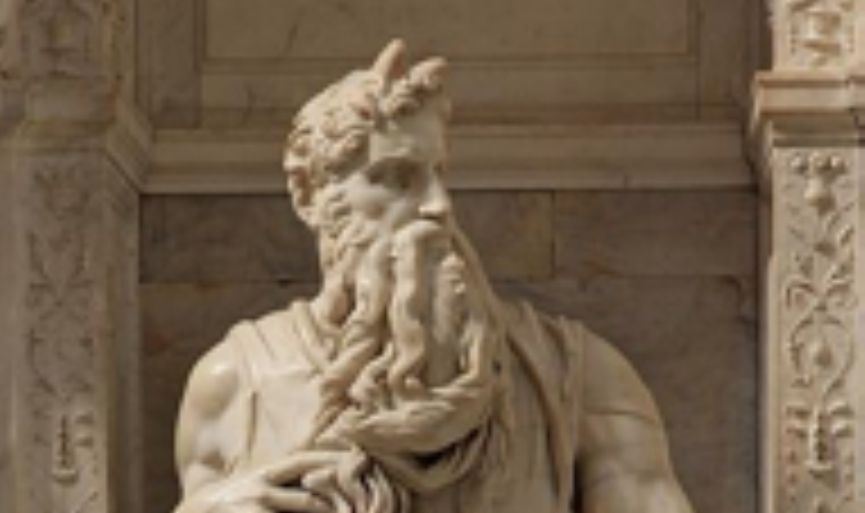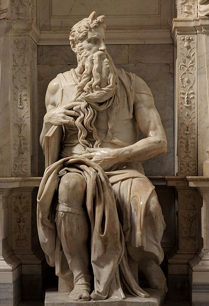
The Jewish Tree ‘Gharqad’

A Hadith [1]
Hadith number 6985 of the 41st book from the Hadith collection known as Sahih Muslim, compiled by Muslim ibn al-Hajjaj native of Nishapur in modern-day eastern Iran, reads as follows: Abu Huraira reported Allah's Messenger (Peace be upon him) as saying: “The last hour would not come unless the Muslims will fight against the Jews and the Muslims would kill them until the Jews would hide themselves behind a stone or a tree and a stone or a tree would say: Muslim, or the servant of Allah, there is a Jew behind me;
come and kill him; but the tree Gharqad would not say, for it is the tree of the Jews.”

Gharqad / Boxthorn (known as well as Lycium)
(Source: https://images.app.goo.gl/7JXMgaypQN8XmxV46)
Jewish sources
However, there is no mention of a tree named Gharqad in Jewish sources!
Hence, the Jewishness of the Gharqad tree seems to be a misconception.
A wrong interpretation
Let's illustrate one which stems from a wrong interpretation of the scriptures and try to clarify which other wrong interpretations may have been at the source of the misconception relative to the Jewishness of the Gharqad tree.
A Popular misconception

That one is related to sculptor/painter Michelangelo’s sculpture of Moses with horns on his forehead, owing to a mistranslation of the Bible.
The second book of the Torah (Pentateuch)
The second book of the Torah (Pentateuch) narrates the Exodus of the Israelites from Egypt.
Chapter 34 Verse 29 reads as follows:
כט
וַיְהִי, בְּרֶדֶת מֹשֶׁה מֵהַר סִינַי, וּשְׁנֵי לֻחֹת הָעֵדֻת בְּיַד-מֹשֶׁה, בְּרִדְתּוֹ מִן-הָהָר; וּמֹשֶׁה לֹא-יָדַע, כִּי קָרַן עוֹר פָּנָיו--בְּדַבְּרוֹ אִתּוֹ.
When Moses came down from Mount Sinai with the two tablets of the covenant law in his hands, he was not aware that his face was radiant because he had spoken with the Lord
A Misinterpretation
However, St. Jerome who translated the Bible into Latin (Vulgate) confounded the verb 'קָרַן' KARAN / to Radiate with 'קֶרֶן' KEREN / Horn. Both words are written with the same letters but with different diacritics. Hence Moses was sculpted with horns by Michelangelo. That mistake has been corrected in later translations of the Bible.
Serendipity
The 'The Three Princes of Serendip' tale is at the origin of the term Serendipity which indicates an unplanned, fortunate discovery.
That is what happened to me while I was looking for the origins of the word YORK for New-York.
What does YORK mean?
Before relating to York’s etymology, let’s draw the attention to its common and cognate letters with the Gharqad tree: RK and RQ are adjacent in both words. A and O are vowels which can be used interchangeably. Y,J and G are used in similar words in cognate languages.
It is a wonder that names of plants in places far away from each other have such similar names. The English for is Boxthorn Gharqad known as well as Lycium (from Lycia in present day Turkey). Whereas the plant named York is known today as Buckthorn!
The region of Evoros
The city of York was established by the Roman Empire in C.E. 71 with the name of Eboracum. Meaning the place where the Alder Buckthorn grows. The Greek appellation for the region was Περιοχή του Έβορος Periyokhi tou Evoros!
The Gagates stone
Eboracum/York was famous for jewelry made in a semi-precious stone of fossilized wood known as Gagates. (Λίθος γαγάτης /Lithos Gagatis which is quite homophonous with Gharqad) This stone got its name from the Anatolian city of Gagai in Lycia (see Lycium above).
An explanation
The founder of Constantinople/Istanbul Constantine the Great conducted urban work in York as well. This may explain the similarities of plant names and the source of misnomers within the larger cultural space of the Roman Empire.
To sum up
Jewelry made of the Gagates stone was manufactured in the city of Eboracum/York in the Evoros district with its Greek appellation.
Two Greek words are used to depict Jew in Greek: Yudeos and Evreos.
Hebraicum means the Hebrew language in Latin.
Eboracum and Evoros are almost homophonous with Hebraicum and Evreos (Jew)
A Mumpsimus?
In the light of the above, could we assume that the JEWISHNESS of the Gharqad/Boxthorn tree is a Mumpsimus[2] or a misnomer at best?
Related Newsss ss











